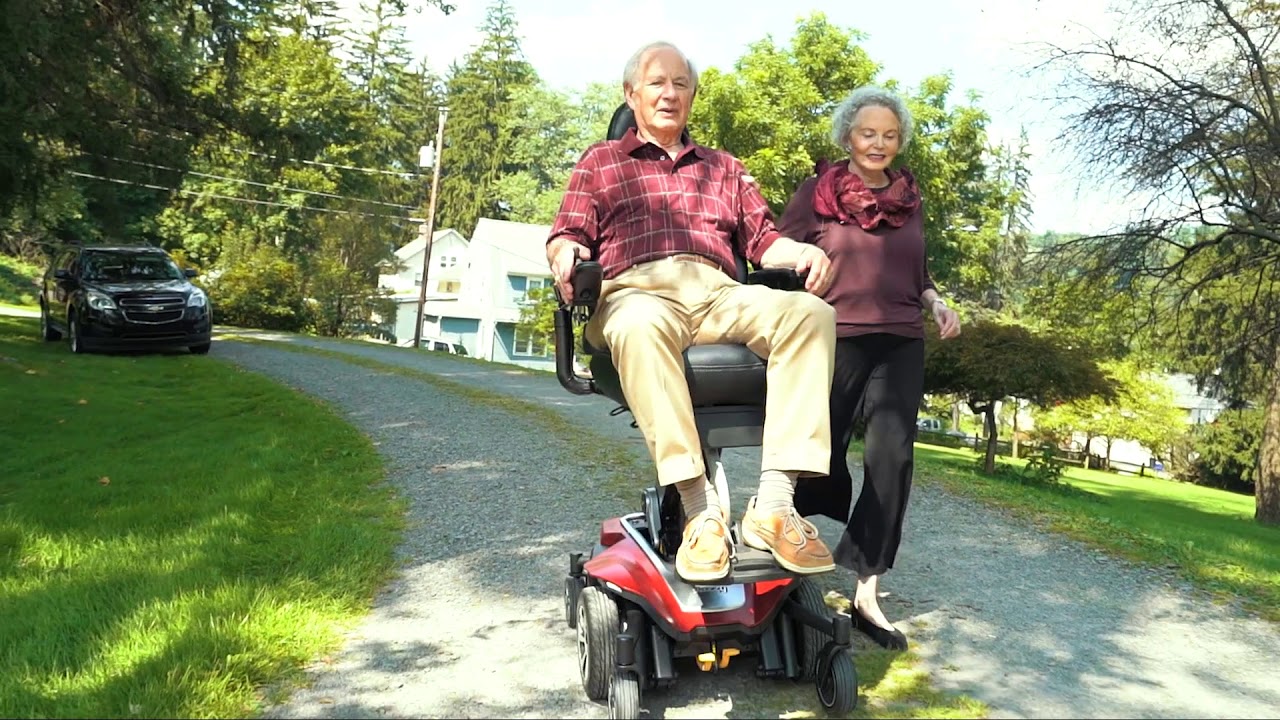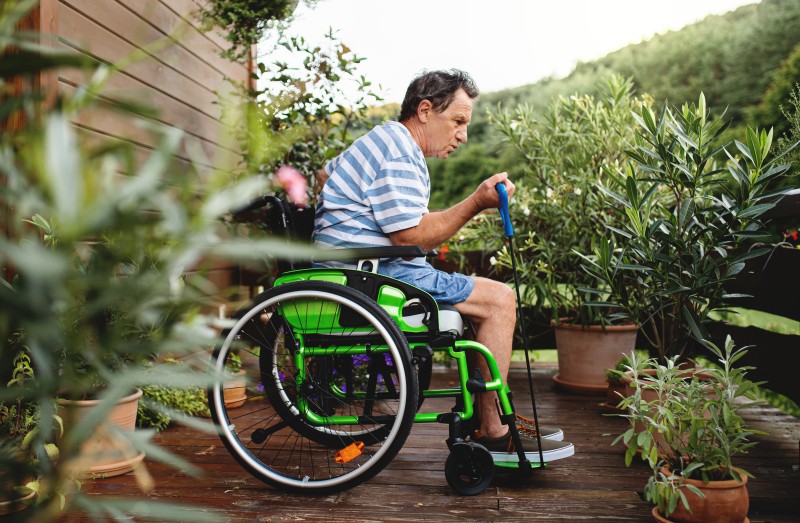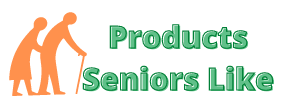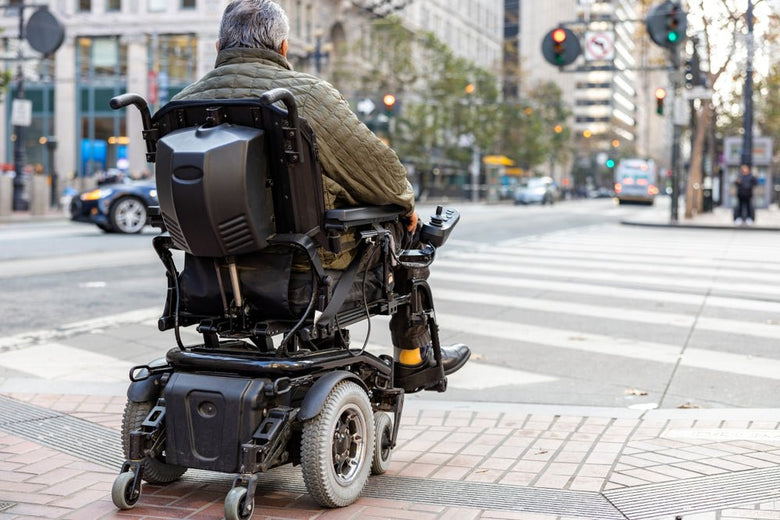Dealing with diaper rash in the elderly can be a sensitive issue for both caregivers and those affected. This condition is more common than you might think, and the question, ‘how do I get rid of elderly diaper rash?‘ is often on the minds of many caregivers and family members. With the right care and timely measures, it’s possible to manage and alleviate this discomfort effectively.

Understanding Elderly Diaper Rash
Elderly diaper rash occurs when the skin becomes red, sore, or inflamed due to prolonged exposure to moisture, friction, or harsh chemicals found in personal care products. It is similar to the diaper rash seen in infants, but certain factors make older adults more susceptible.
Causes of Diaper Rash in the Elderly
Various factors contribute to diaper rash in elderly adults. Understanding these can help prevent its occurrence.
- Moisture and Friction: Prolonged exposure to urine and stool can irritate the skin, especially if the area is not kept dry.
- Sensitive Skin: Aging skin is thinner and more susceptible to irritation from friction caused by diapers.
- Nutritional Deficiencies: Poor diet affecting skin health, making it more prone to rashes.
- Incontinence Issues: Many elderly individuals experience incontinence, increasing the risk of diaper rash.
Symptoms of Elderly Diaper Rash
The signs of diaper rash can vary based on severity but generally include:
- Redness and warmth around the rash area
- Soreness and itchiness causing discomfort
- Raised bumps or patches
- Pain during cleaning or touching the affected area
Preventive Measures for Elderly Diaper Rash
Prevention is the best approach to handle any potential skin ailments.
Regular Skin Inspection
Checking the skin regularly for early signs of rash development can catch the issue before it worsens.
Ensure Dryness
Maintain dryness by using suitable incontinence products that keep moisture away from the skin.
Avoiding Irritants
Choose gentle, fragrance-free personal care products to reduce possible skin reactions.
Treatment Options for Elderly Diaper Rash
When focusing on how do I get rid of elderly diaper rash, effective treatments involve simple yet consistent steps:
Gentle Cleaning
Use warm water and mild soap to clean the affected area gently. Ensure to dry thoroughly.
Barrier Creams
Apply barrier creams or ointments to create a protective shield on the skin. Read more about senior care.
Seek Medical Advice
If rash persists beyond a few days despite at-home treatments, consult healthcare professionals for more advice. Visit this helpful guide on elder care.
Daily Care Strategies
Adopt these daily practices to ensure comfort and well-being.
Diet and Hydration
Encouraging a well-balanced diet and adequate water intake aids in maintaining skin health.
Proper Hygiene
Paying attention to hygiene and regular diaper changes prevents the likelihood of diaper rash occurrences.
Common Hygiene Mistakes
Some common mistakes caregivers make that can aggravate skin issues include:
- Over-washing the affected area
- Using harsh chemical-based products
- Ignoring early signs of redness
The Role of Caregivers
Caregivers play a pivotal role in managing and preventing diaper rash by maintaining a schedule, checking skin routinely, and responding proactively to any signs of irritation.
Providing Psychological Comfort
Offering emotional support and maintaining privacy during care boosts the affected individual’s comfort and well-being.

Frequently Asked Questions
Can elderly diaper rash be completely prevented?
While complete prevention isn’t guaranteed, maintaining good hygiene and using appropriate skin care products significantly reduce the risk.
What if the rash doesn’t improve?
If the rash persists beyond a week, it’s wise to seek professional medical advice as it could indicate an underlying issue.
Could diet impact diaper rash?
Yes, nutrition plays a role in skin health, making a balanced diet essential to prevent rashes.
For further insights, visit insights on elderly care. Discover more about senior health and related health issues.
This article contains affiliate links. We may earn a commission at no extra cost to you.

